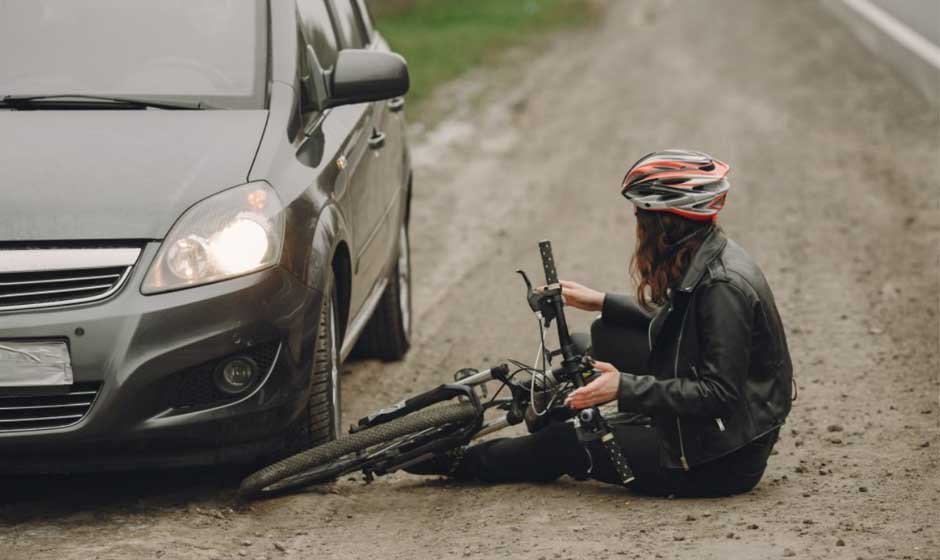Motorists and cyclists share the road, but unfortunately, this shared space sometimes leads to dangerous encounters. Bicycle accidents, often resulting in serious injuries or even fatalities for cyclists, are frequently linked to the behavior of motorists.
Failure to Yield Right-of-Way
One of the most common causes of bicycle accidents is a motorist’s failure to yield the right of way. This manifests in several scenarios. Drivers making left turns often misjudge the speed of an approaching cyclist or simply fail to see them, turning directly into their path. Similarly, motorists entering or exiting driveways, parking lots, or side streets may pull out without adequately checking for oncoming bicycles. Stop signs and traffic lights are also frequent sites for these incidents.
A driver might come to a stop but then proceed without observing a cyclist already in the intersection or approaching with the right-of-way. These failures to yield demonstrate a dangerous lack of awareness and often lead to devastating T-bone collisions for cyclists. If you or someone you know has been affected by such an incident, consulting with an experienced bike crash legal team can provide valuable guidance and support.
Distracted Driving
In today’s interconnected world, distracted driving has become an epidemic, and its impact on cyclist safety is profound. Texting, talking on the phone, fiddling with navigation systems, eating, or even simply engaging in lengthy conversations with passengers can divert a driver’s attention from the road. A momentary lapse in focus can have catastrophic consequences for a cyclist. A driver looking down at their phone for just a few seconds can travel a significant distance, during which they may fail to see a cyclist in their blind spot, drift into a bike lane, or approach an intersection. The highly vulnerable nature of cyclists means that even a minor impact from a distracted driver can lead to severe injuries.
Unsafe Lane Changes and Overtaking
Another significant contributor to bicycle accidents is unsafe lane changes and improper overtaking maneuvers by motorists. Drivers change lanes without checking their blind spots, failing to see a cyclist riding alongside them. This forces cyclists off the road, into other lanes of traffic, or directly into a collision. Similarly, when overtaking a cyclist, some drivers do not provide adequate clearance, passing too closely. This can startle the cyclist, cause them to lose balance, or even clip them with the vehicle. The “three-foot rule” (or similar regulations in some jurisdictions) mandates a safe passing distance, yet many motorists disregard this crucial safety measure. Speeding while overtaking also compounds the danger, giving the cyclist less time to react and the motorist less time to correct if an unforeseen event occurs.
Driving Under the Influence (DUI)
Driving under the influence of alcohol or drugs severely impairs a motorist’s judgment, reaction time, and coordination, making them a significant threat to all road users, especially cyclists. Impaired drivers may swerve erratically, fail to obey traffic signals, or be completely oblivious to their surroundings. Their ability to perceive and react to cyclists, who are smaller and less visible than other vehicles, is drastically reduced. The tragic consequences of DUI incidents are well-documented, and bicycle accidents involving impaired drivers are often particularly severe due to the driver’s complete lack of control and awareness.
Aggressive Driving and Road Rage
Aggressive driving, characterized by behaviors such as tailgating, excessive speeding, weaving through traffic, and running red lights, poses a significant threat to cyclists. Drivers exhibiting road rage may intentionally harass or endanger cyclists, viewing them as an impediment. This includes honking excessively, yelling, cutting off cyclists, or even intentionally swerving towards them. Such deliberate acts of aggression are not only illegal but also incredibly dangerous, creating a hostile environment for vulnerable road users.










